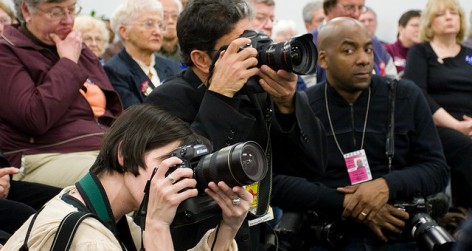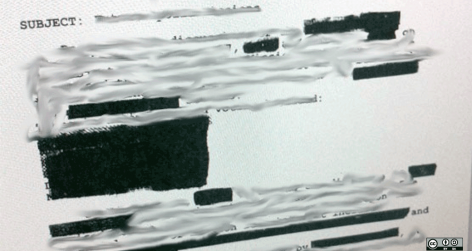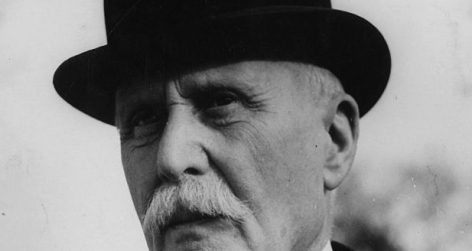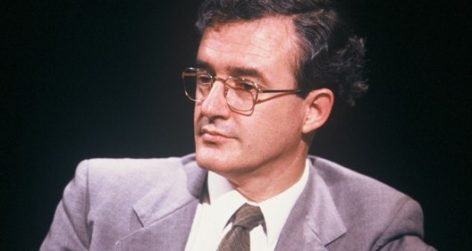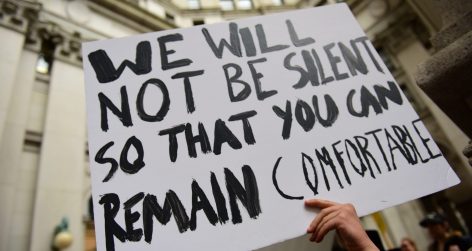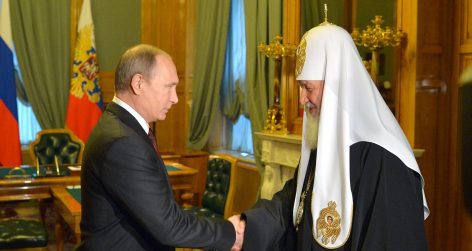In 1990, the Supreme Court of Canada issued a famous ruling in a case involving a high school teacher and alleged anti-Semitism. Max Harris explains.

The case
James Keegstra, a high school teacher in Alberta, Canada, was charged and convicted in 1984 under Canadian hate speech laws. Keegstra had described Jews in his teachings as “child killers”, “treacherous”, and “money-loving”, and had claimed that they “created the Holocaust to gain sympathy”. The law applied to Keegstra was s 319(2) of Canada’s Criminal Code – which prohibits the willful promotion of hatred (except in private conversation) towards a section of the public distinguished by colour, race, religion, or ethnic origin.
In what is seen as a classic freedom of expression case, the Canadian Supreme Court split 4–3 on the constitutionality of the hate speech law. The majority judgment of Chief Justice Dickson began by outlining three functions of free speech – the attainment of truth, encouragement of social and political participation, and self-fulfilment – and described free speech as an “essential value of Canadian parliamentary democracy”. After observing that United States law on free speech must be treated with caution, Chief Justice Dickson accepted that the law pursued an important objective (the first part of the “reasonable limit” test). Hate speech could harm individuals and undermine social harmony – and international agreements underscore the importance of regulating hate speech. Moreover, he stated that the law’s means were proportional to its ends (the second part of that test). Accordingly, the law was held to be constitutional.
The three other judges took a different view. Justice McLachlin also started out by sketching the significance of free speech, a “fundamental Canadian value”. She highlighted that concepts developed in US law – of neutrality towards content, vagueness, and over-breadth – are useful when examining hate speech. Springboarding off this, Justice McLachlin rejected any attempt to exclude Keegstra’s speech from free speech protection, holding that it is difficult to judge what rational argument is, and that a “large and generous” approach to interpreting free speech must be taken. For Justice McLachlin, while the hate speech law pursued a sufficiently important objective, the means of the law were not proportional to the end. The law might have a chilling effect on other speech, and might attract attention to hate speech. Further, the law did not impair free speech as little as is possible (the standard under the Canadian Charter), with words such as “hatred” and “wilful promotion” being vague and subjective. Methods other than criminal sanctions, such as the use of human rights or anti-discrimination law, were preferable to deal with the evil of hate speech. Overall, then, though the law had “worthy” ends, its gains were “tenuous”. Justice McLachlin also found that the law’s violation of presumption of innocence was unreasonable. The three dissenters would have struck the law down – but they were narrowly out-voted by their fellow judges.





